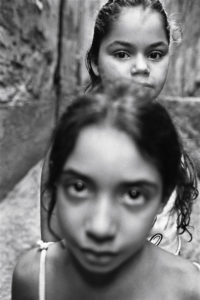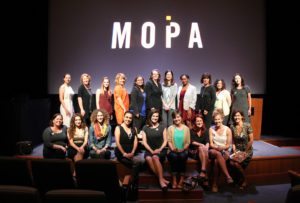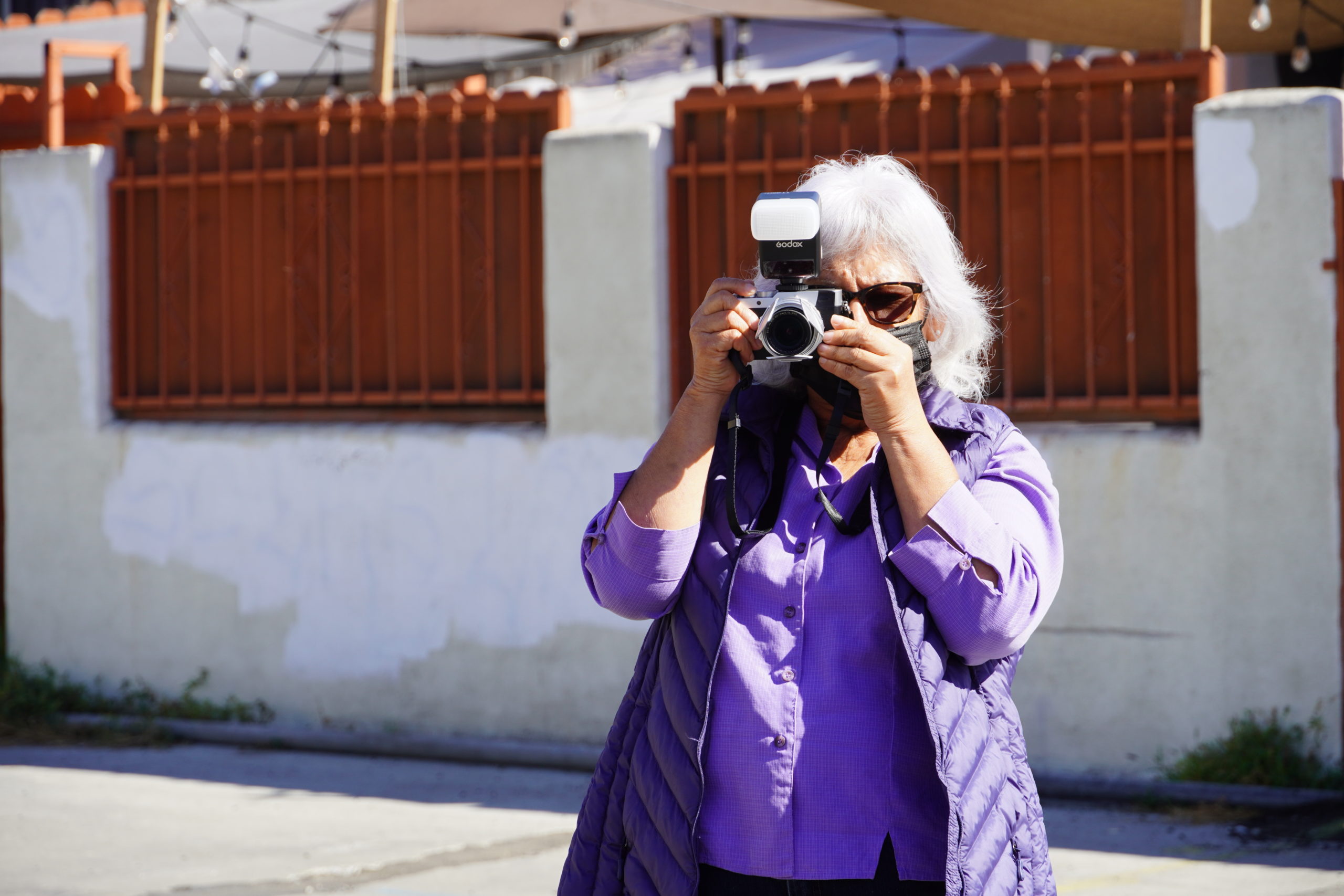Q&A: A conversation with artist Jed Fielding
Jed Fielding’s in-your-face street portraiture will take you right into his subjects’ vivid lives. Getting in close range, his portraits allow us to feel these intimate interactions, moving beyond traditional photojournalism into personal encounters. His curious subjects reach for each other and for the photographer, too — at times, it might feel as though they’re reaching for us as well.
How did you start out in photography?
Well, I started photographing when I was 14 years old. I couldn’t draw, but I was eager to. So my art teacher in school suggested that I try drawing from photographs. I borrowed my father’s camera and quickly found that I never wanted to draw again. And, I never gave the camera back.
Were there any artists who inspired you when you were starting out?
There were many. Aaron Siskind and Harry Callahan were my professors at Rhode Island School of Design (RISD). Aaron was not only my professor but also became one of my closest friends. He changed my life. We traveled and worked together, photographing in places such as Peru and Italy. I went to work for him as his assistant — both at RISD, and after graduating.
Beyond that, all the great photographers were some form of inspiration for me, but I was more significantly influenced by painters. I was deeply inspired by Willem de Kooning’s “Woman” series, Frances Bacon’s “Screaming Popes” and “Three Studies for Figures at the Base of a Crucifixion,” Picasso’s preparatory drawings for “Guernica,” and Cy Twombly’s non-figurative work.
Your photographs feature people as the primary subject, and they are engaged with your camera. What’s your interaction like with them while you photograph?
Well, it’s gentle and directorial. I’m not pushing people around. I do touch them. I do talk to them. I consider it a collaboration between the person I’m photographing and me. They are very aware of the act of being photographed. I’ve never made a photograph of someone who didn’t want to be photographed.
Can you share a personal story about a subject who you’ve photographed?
I try to keep under the radar when I am photographing. Now, in Naples, people have started to recognize me, and it’s changing the dynamics of the way I work. I went to one of my favorite restaurants in 2018 with good friends of mine, and the pizzaiolo (pizza maker) came out with his laptop. He had my website open and showed me a picture I made in 2003. He said, “That girl in the back there, that’s my niece when she was a little girl.” He then told me to come back the next night, because she would be there with her family. Fifteen years later — and she was now an adult, with a husband and children, and we met and took a snapshot together. That was the first time something like that had happened to me – it was a great experience.

Photo: Jed Fielding, Naples #20, 2003, archival inkjet print. © Jed Fielding.
Do you ever photograph the same subject again?
I have photographed many people over and over again during the decades that I’ve worked in Naples. There was a girl I photographed when she was 12 and 15 years old, and almost every time I go to Naples, I run into her. In a city of one and a half million people, I have run into her many times and have photographed her at least a dozen times.
You shoot analog and wait until returning to Chicago to develop your film. Take us through your process for developing and printing your work. Are there surprises/disappointments?
During the months I spend in places such as Italy and Spain, I’ll make hundreds of rolls of film. When I get back to Chicago, I start to develop the film, which takes me about six months. When I edit my contact sheets, I select about 1000 pictures. Then, my assistant will scan those images and make 8×10” printed proofs. It takes about a year to edit those 1000 to under 100. I find that time is a good editor. Once I edit them, we start printing. It’s a very long process, so I don’t see finished prints until about two years after the photographs were made. And then the cycle repeats and overlaps with newer work. Two things happen with this process – there are good and bad surprises. Sometimes pictures that I think will be great, end up being disappointing, and vice versa. That’s a good thing because, within that, there is growth. Visually, I am always trying to move forward.
What do you hope viewers take away from seeing your work in this exhibition?
I’d like the viewers to feel that this is a new type of encounter for them. I hope that they will leave thinking that they’ve not seen photographs quite like this before.
View Jed’s work at MOPA during his upcoming exhibition Encounter: Photographs by Jed Fielding, which comes to MOPA on March 12. This exhibition will showcase early works by Fielding, and sections focused on his work in Naples, Italy as well as his photographs of blind children in Mexico City.
Press Inquiries
Press Coordinator


